These Are the Worst (and Best) States for Accessing Affordable Health Care

Health care in America falls well behind other high-income countries in more ways than one — affordability, equity, and administrative efficiency, to name a few — and discussion of how to improve it is common. Still, there are some states where access to affordable health care is more attainable. WalletHub compared states’ health care by cost, access, and outcomes, looking at 42 metrics in total on a 100-point scale, and Cheapism has dissected its findings to show the 10 best and 10 worst, along with some insight as to why each state ranks as it does. What are your health care experiences with these states, or your own? Tell us in the comments.
Related: America's Healthiest States for Seniors, Ranked

There are several reasons Tennessee ranks this low, starting with being sixth from the bottom for the entire country for what WalletHub lumps together as “outcomes,” which includes such things such as life expectancy and rates of cancer incidence, stroke, and heart disease. The state also held out on expanding Medicaid coverage, despite the fact that the federal government would pick up most of the tab. That keeps about 339,000 residents from Medicaid coverage, with an estimated 118,000 people left with no reasonable option for health insurance — contributing to the fact that one-tenth of the state’s population is uninsured. Not to mention, Tennessee has the fewest number of dentists per capita.
Related: Medical Bill Horror Stories

Georgia’s affordable health care accessibility is far from peachy — the state ranks near the bottom for access, which is weighed based on factors such as the average emergency room wait time, the amount of physicians per capita, and the quality of public hospital systems. While the state falls within the bottom 10 for access, it ranks even lower for outcomes and has the fifth-lowest percentage of insured adults aged 19 to 64. Like Tennessee, Georgia is one of a dozen states refusing Medicaid expansion, which would have opened up Medicaid coverage to 678,000 residents.
Related: Health Problems You're Not Getting Help For — But Should

Everything is not actually bigger in Texas — take the scope of the Lone Star State’s Medicaid coverage, for instance: Texas is another one of the dozen states refusing Medicaid expansion, which prevents 1.8 million Texans from accessing affordable health care. With that in mind, it doesn’t come as a surprise that the state boasts the lowest percentage of insured individuals up to age 64. Texas also has the second-highest percentage of adults that have not visited the dentist within the past year.
For more stories about your health, please sign up for our free newsletters.
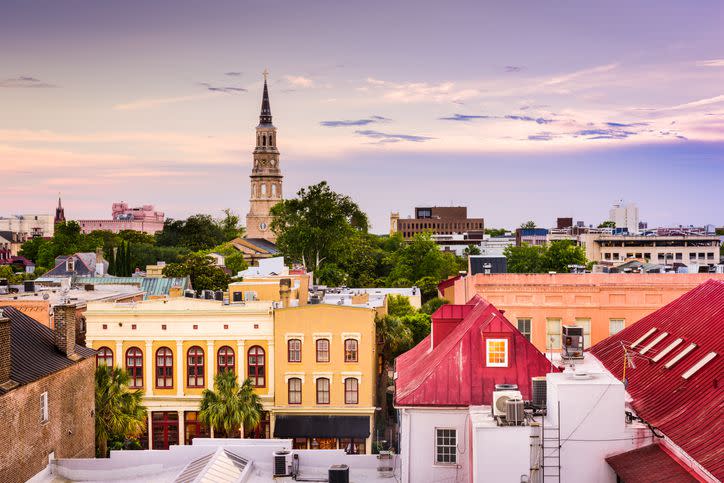
Like the three states South Carolina trails behind on this list, the Palmetto State opted out of Medicaid expansion, likely contributing to its third-from-the-bottom ranking for access to quality health care. Almost half of the state’s population gets insurance benefits through an employer, while 17% are insured through Medicaid and 17.4% get Medicare coverage and just over 8% of residents are uninsured entirely.
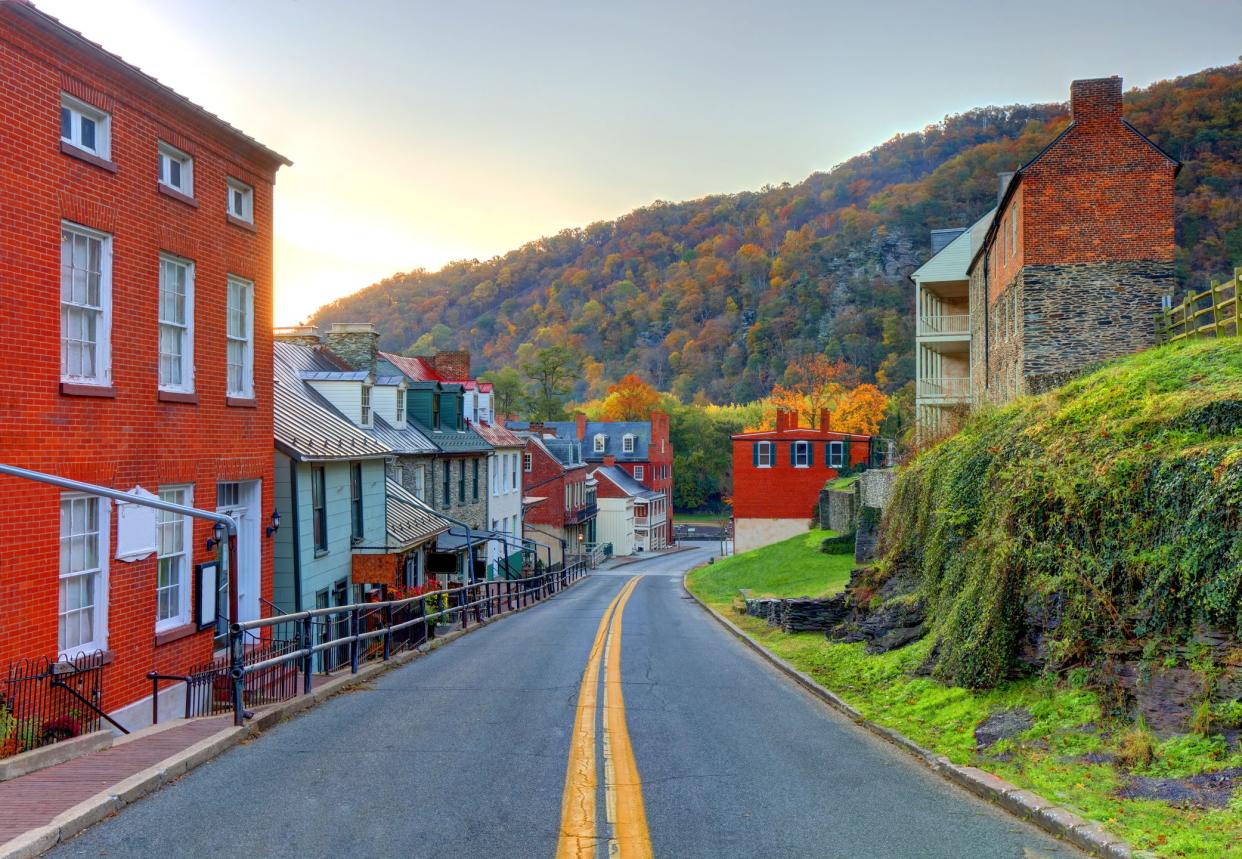
Health outcomes in West Virginia are bleak: The state ranks fifth from last in the category, attributable to high infant mortality rates (the second-highest of any state) and even higher stroke and heart disease rates. To cement its unfavorable position, West Virginia has the second-highest average monthly insurance premiums in the country.
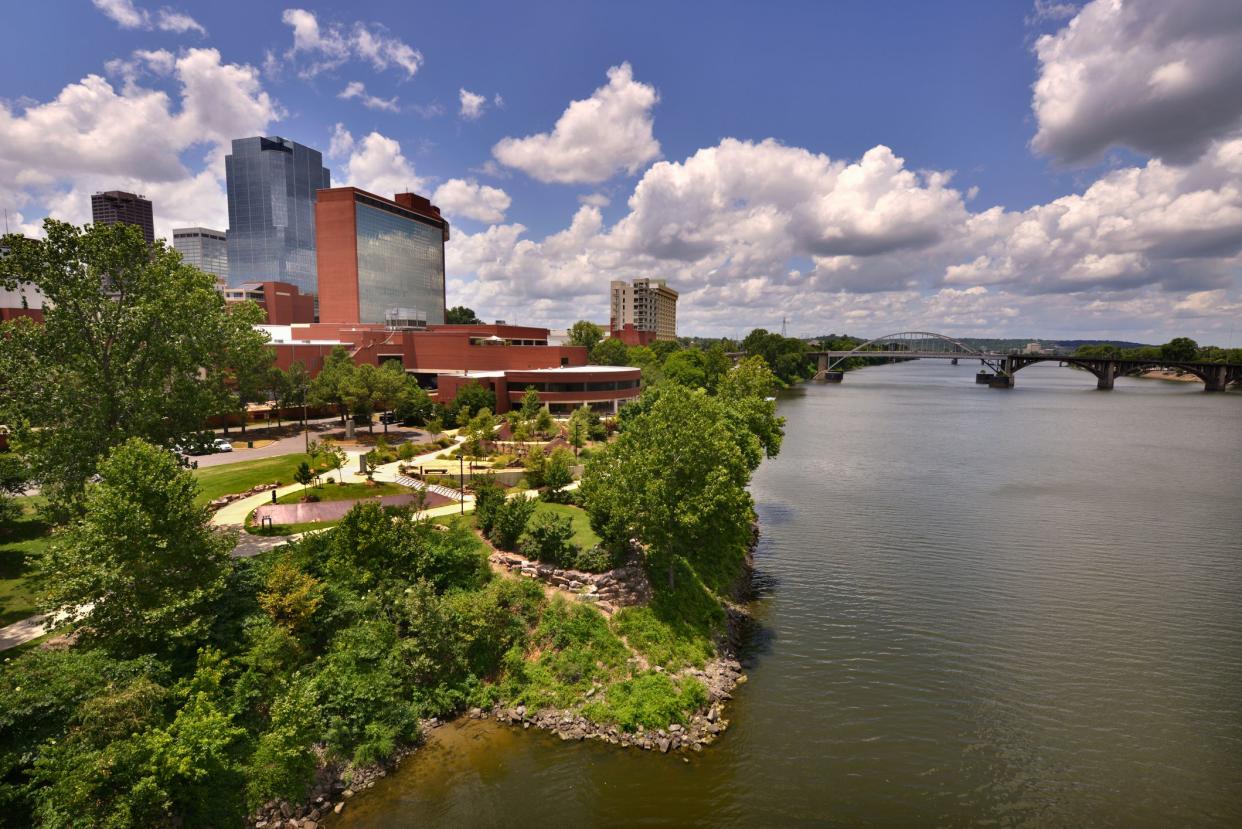
Although the uninsured rate in Arkansas dropped 24% from 2010 to 2019, 9.1% of the state’s population is still uninsured. Arkansas cracks the top five in terms of health care cost, but its overall score is dragged down because of access and outcomes, ranking second-to-last for the latter — attributable to high infant mortality, cancer, heart disease, and stroke rates.
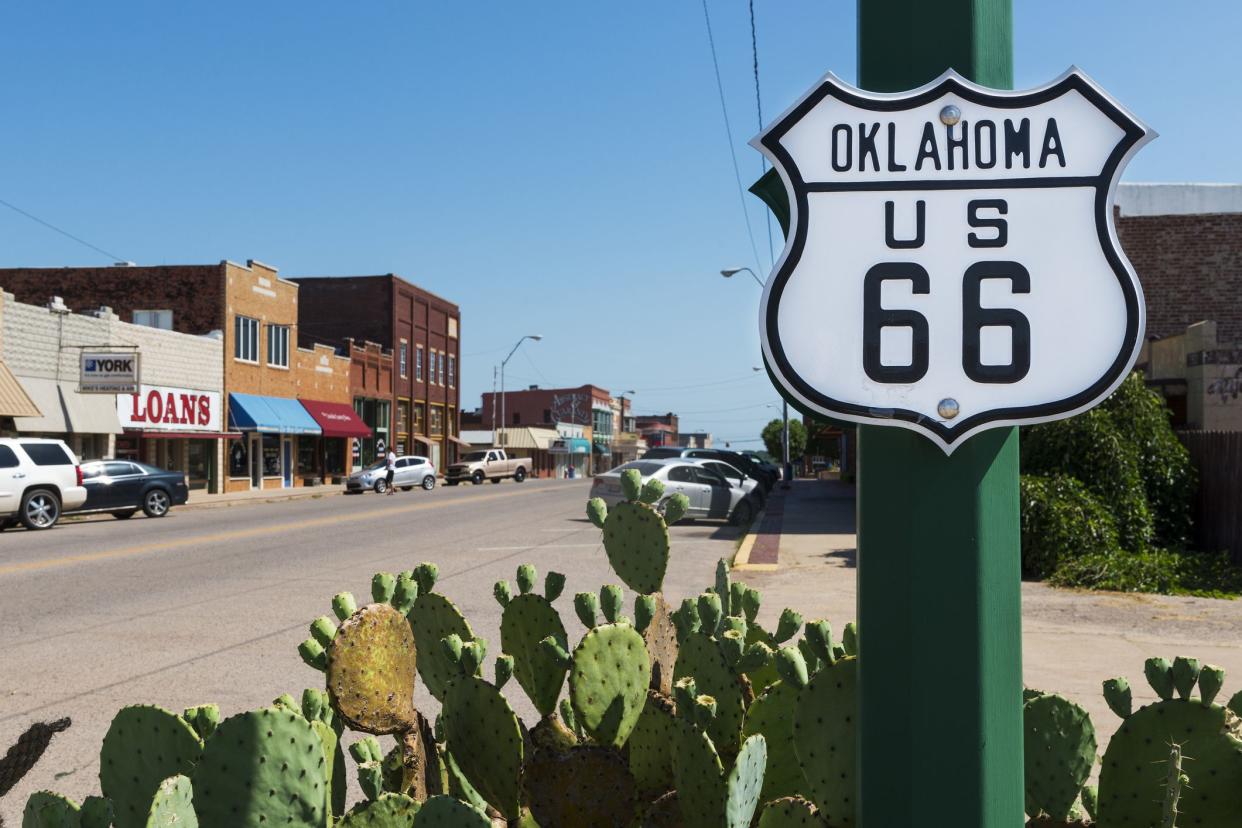
The Sooner State remains near the bottom for costs and access, but its overall score is hit the hardest because of poor health outcomes. Unlike some of the other states with unfavorable access to affordable health care, Oklahoma embraced Medicaid expansion, contributing to the state’s 24% increase in insured residents between 2010 and 2019. Still, nearly 14% of Oklahomans do not have health insurance. As such, the state has the second-lowest percentage of insured individuals ages 19 to 64 and the fourth-lowest percentage of insured children.
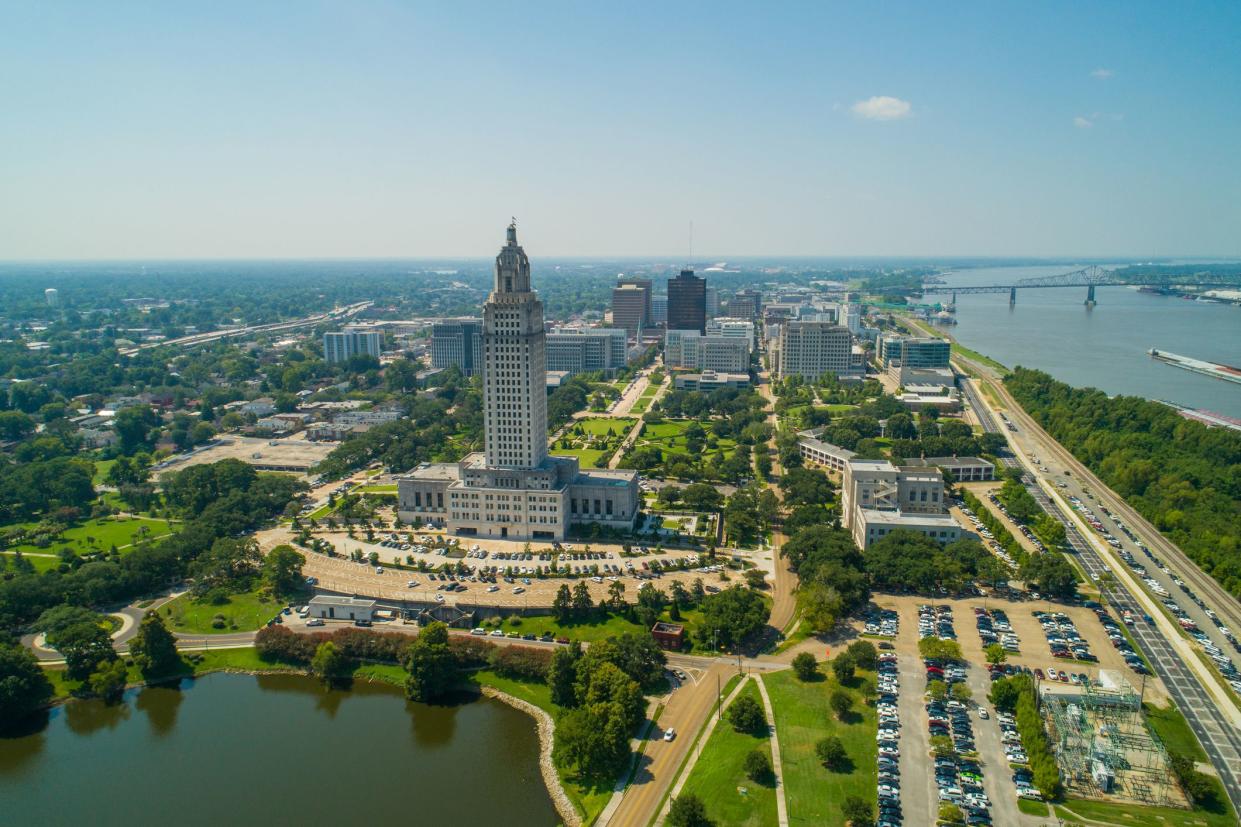
There are 732,000 low-income adults benefiting from Healthy Louisiana, the state’s Medicaid expansion program, and between 2010 and 2019, the uninsured rate in the state dropped a whopping 50%. Still, Louisiana ranks fourth from last for costs, and third from last for outcomes. Insurance premiums in the state are among the highest in the nation, as are cancer and infant mortality rates.

Just over half of Alabama’s residents get insurance coverage through an employer, and 18.1% are covered through Medicaid. Alabama has not accepted Medicaid expansion, which prevents 340,000 residents from getting benefits — amounting to about $2 billion of federal money left on the table this year. Moreover, average monthly insurance premiums in Alabama are fourth-highest in the nation, and the state ranks dead last in terms of access to health care.
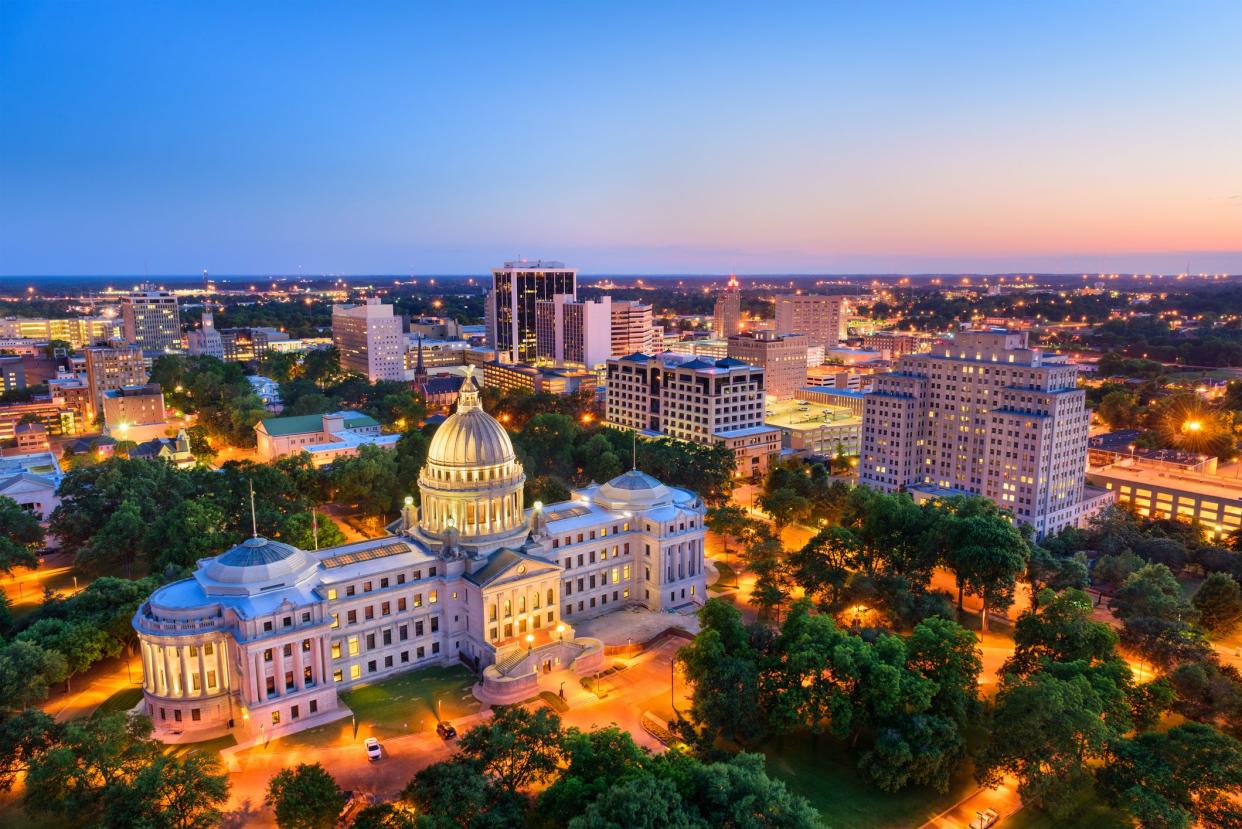
With the highest infant mortality rate and second-highest heart disease and stroke rates in the nation, it’s no wonder Mississippi is considered the worst of every state when it comes to health care outcomes. Because the state has not expanded Medicaid, Medicaid enrollment last year was up only 13% from 2013, even amid the COVID-19 pandemic. Of the 217,000 Mississippi residents who would become eligible for Medicaid if the state expanded coverage, 102,000 have no additional means to secure health insurance.

Iowa ranks sixth out of all 50 states and Washington, D.C., for costs, which measures factors such as average monthly insurance premiums and the expense of medical and dental visits. Average marketplace premiums in the state are increasing by about 7% after three consecutive years of reduced rates, but the increase is still much lower than previous years — 2018 hiked rates by 57%.
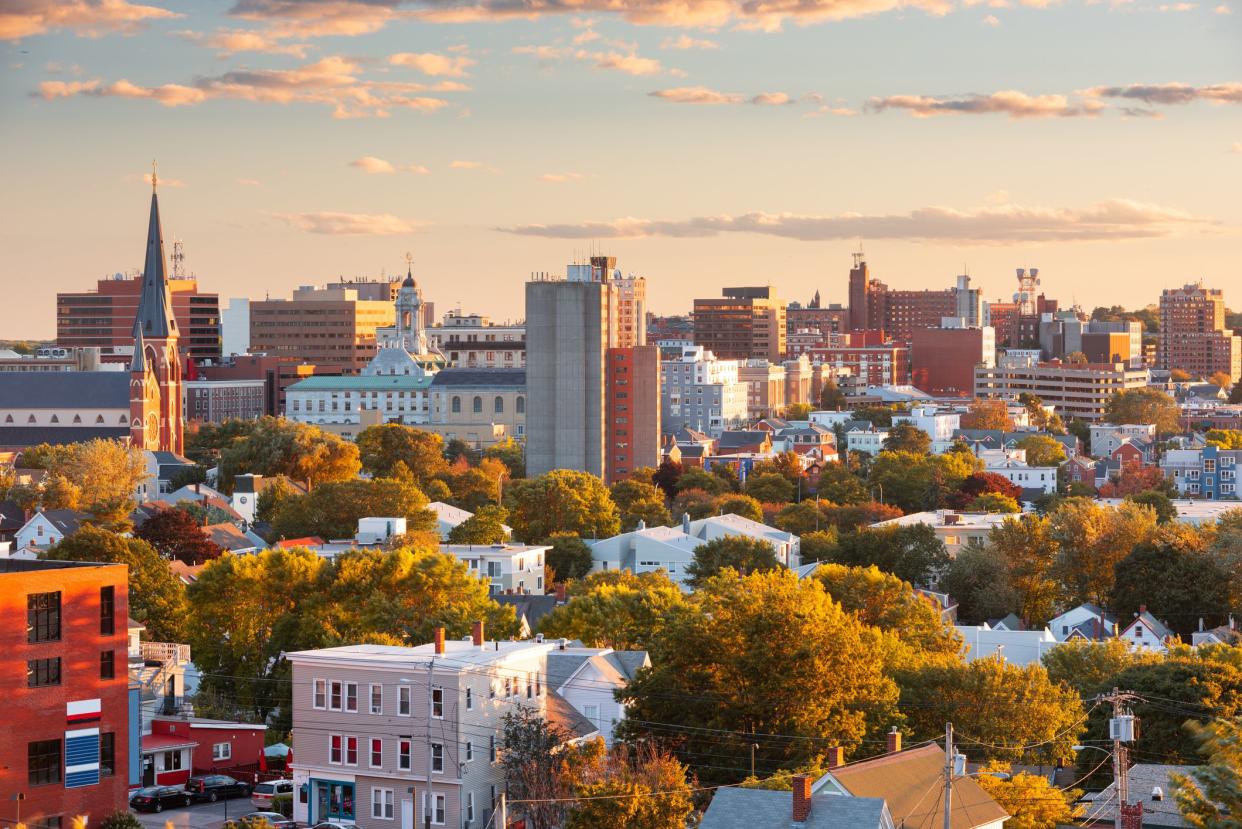
Coming in second place for access, Maine has one of the lowest uninsured rates in the nation at just 3.7%. The state accepted Medicaid expansion, which contributed to a 21% drop in the uninsured rate between 2010 and 2019. Currently, more than 320,000 Maine residents get Medicaid and more than 66,000 people are enrolled in private plans through Maine’s Marketplace exchange program, up more than 10% from last year.
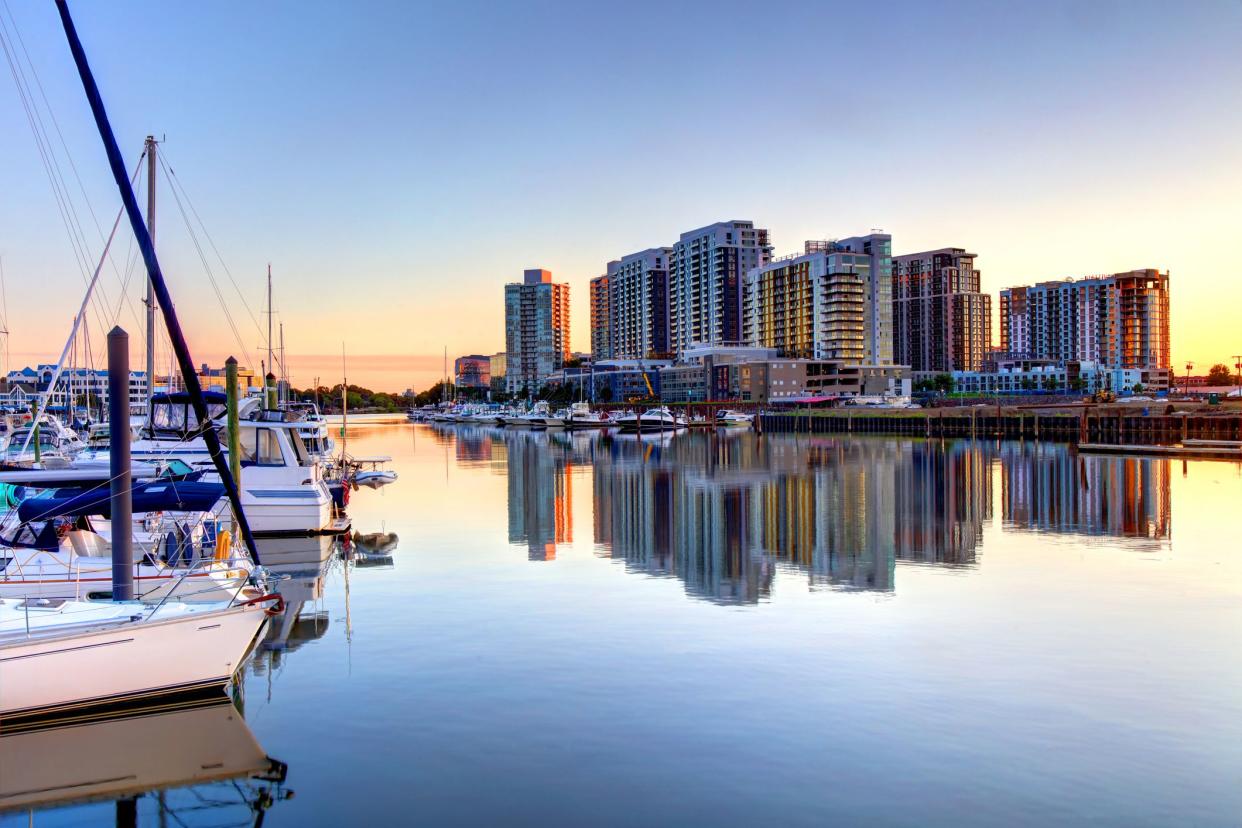
While Connecticut’s medical costs are generally high, its overall score is lifted by access and outcomes, coming in at sixth- and fifth-highest respectively. The state also boasts the third-lowest stroke and heart disease rates and the fifth-highest number of physicians per capita.
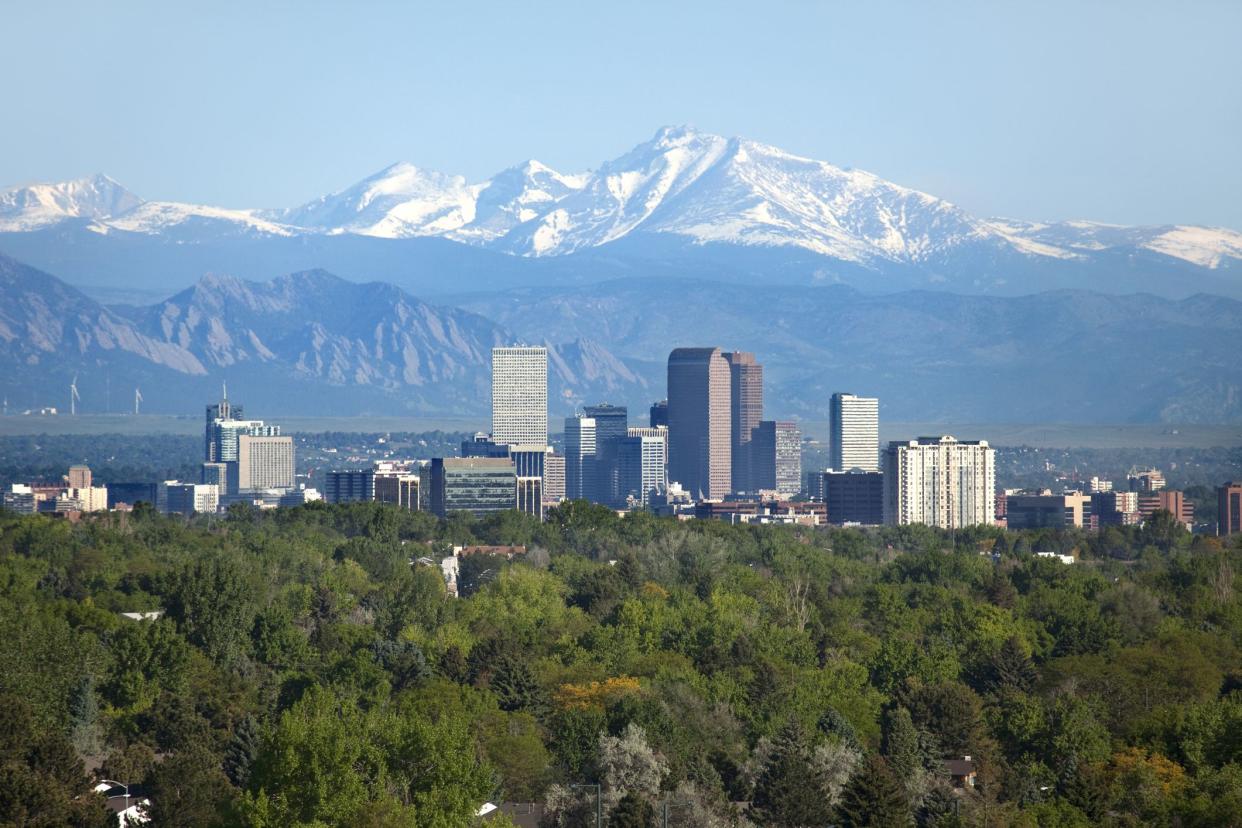
There must be something in Colorado’s fresh mountain air that keeps residents healthy: The state has the third-lowest cancer rate and the second-lowest heart disease and stroke rates, contributing to its fourth-from-the-top position in the outcomes category. Plus, Colorado has the fourth-lowest average monthly insurance premiums in terms of marketplace rates, where the state is seeing only a 1.4% increase.
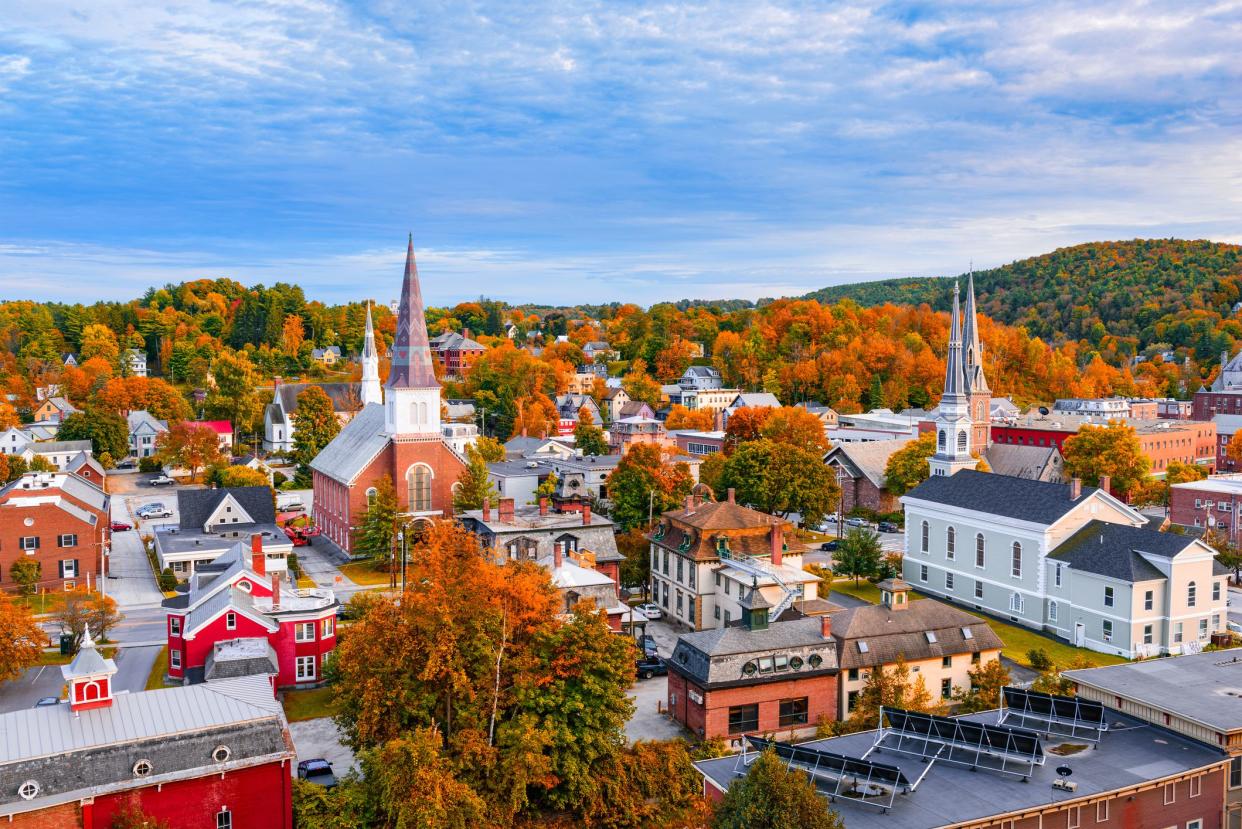
Only 2.8% of Vermont’s population is uninsured. As such, the state has the second-highest percentage of insured children and the fourth-highest percentage of adults ages 19 to 64. The state also has the lowest infant mortality rate in the nation.

Tied with New Hampshire for having the lowest average monthly insurance premiums, Maryland holds the top spot of all 50 states and Washington, D.C., in terms of health care costs. Maryland’s private marketplace plan rates are rising by 2.1%, and options for affordable coverage include the state’s new premium subsidy for young adults, which reduces health care costs for people from 18 years old to 34, and ongoing American Rescue Plan subsidies.

Minnesota is the only state to crack the top 10 for all three assessed categories, scoring the highest — fourth from the top — for cost. After accepting federal Medicaid expansion, the state saw an increase in coverage of more than 341,000 residents from 2013 to 2021, landing the total number of residents covered by Medicaid at 1.2 million.

Hawaii isn’t just inviting beaches and otherworldly beauty; the island paradise also ranks third in terms of health care outcomes. boasting the fifth-highest number of dentists per capita, third-highest percentage of insured adults ages 19 to 64, and lowest stroke and heart disease rates.
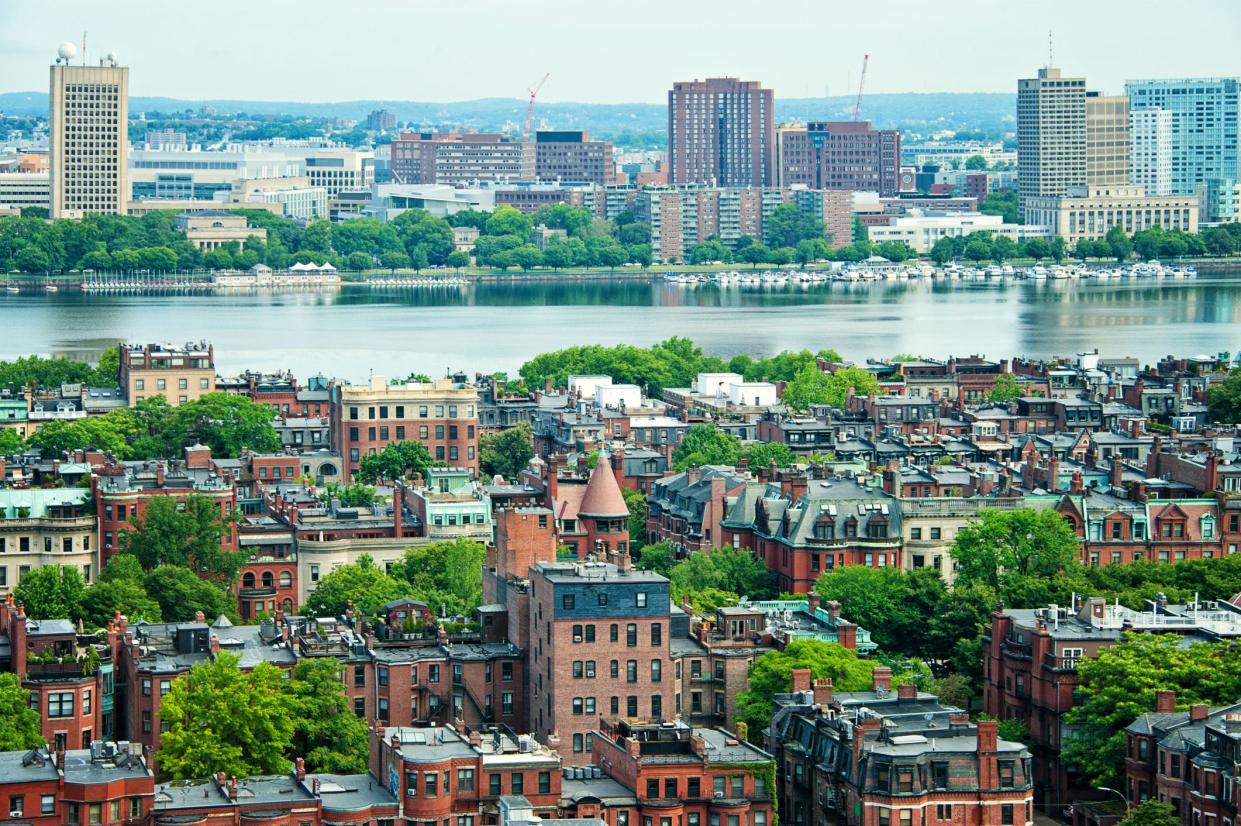
It’s the only state on the list to snag the top spot for more than one category — no state surpasses Massachusetts when it comes to access and outcomes. The Bay State’s stats include the second-highest number of physicians per capita, the third-highest number of dentists per capita, the highest percentage of insured individuals up to age 64, the third-lowest infant mortality rate, and the fifth-lowest stroke and heart disease rates.

Coming in third from the top for cost and access, Rhode Island’s high scores are attributable to a slew of factors. The state has the third-highest number of physicians per capita, the fourth-highest number of insured residents up to age 64, and the lowest percentage of adults with no dental visits in the past year.

Like Cheapism's content? Be sure to follow us.
